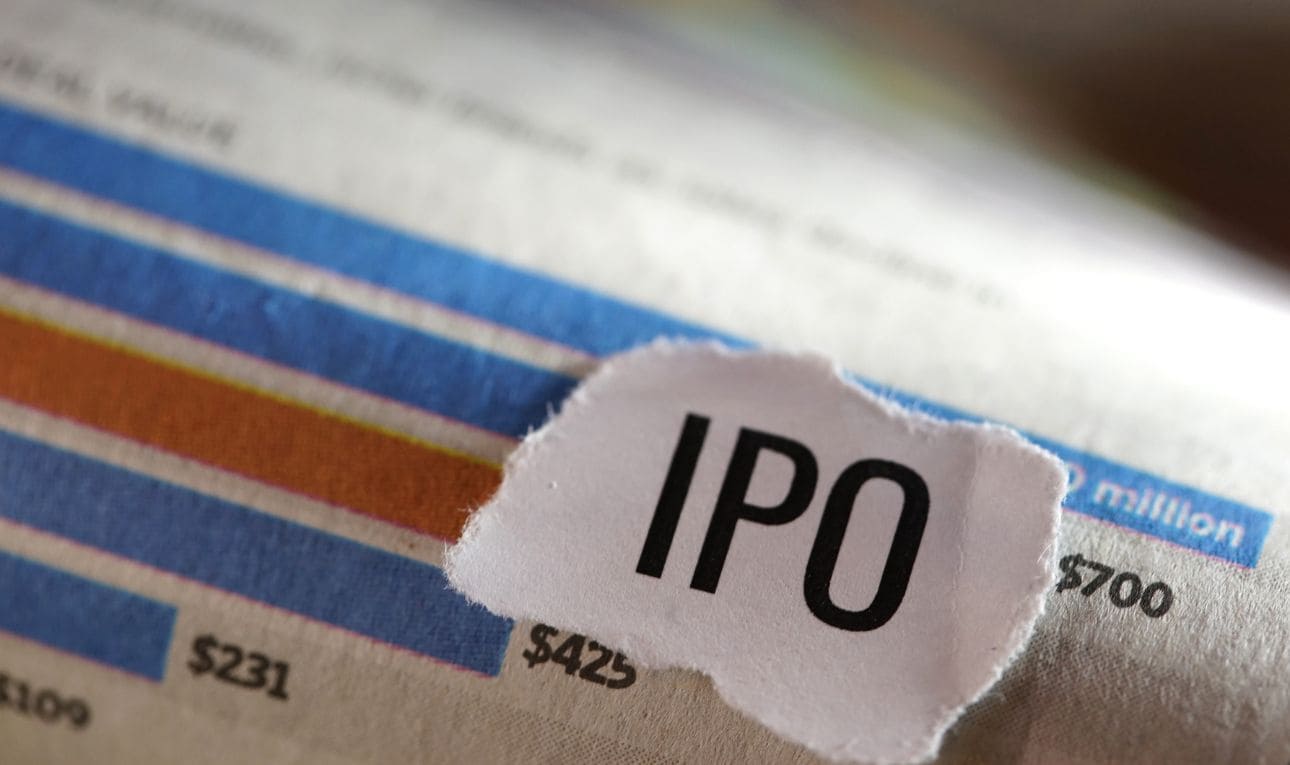How to Invest in IPO: Essential Steps and Key Insights
Wed, 13 Nov 2024
5 mins

Investing in Initial Public Offerings (IPOs) is a great way to access the stock market and potentially benefit from the growth of newly listed companies. Whether you're new to investing or looking to expand your portfolio, this guide provides a step-by-step approach on how to invest in IPO shares, including understanding the IPO process, types of IPOs, and key considerations before you invest.
Key Takeaways:
- IPOs provide early access to new, potentially high-growth companies, helping diversify your portfolio.
- Types of IPOs include Fixed Price, Book Built, Offer for Sale, Fresh Issue, and Combined Offer, each catering to different needs.
- Research the IPO thoroughly to understand its risks and growth prospects before applying.
- A Demat and trading account is essential for buying and holding IPO shares. Choose a reliable platform.
- The IPO allotment process can involve a lottery or proportional allocation, depending on demand and the investor category.
- Be aware of market volatility, taxation, and your investment goals when investing in IPOs.
-
What is an IPO?
An Initial Public Offering (IPO) is the process by which a private company offers its shares to the public for the first time. This allows the company to raise capital for expansion, debt reduction, or other business needs.
For investors, an IPO presents a unique opportunity to purchase shares of a company before it becomes widely available on the market, potentially benefiting from its early-stage growth. -
Why You Should Invest in an IPO
Investing in IPOs can offer numerous advantages, including:
- Access to New Opportunities: IPOs allow investors to buy into companies that might have promising future prospects.
- Diversification: Investing in IPOs allows you to diversify your portfolio by adding stocks from emerging sectors or industries.
-
Types of IPOs
There are different types of IPOs that cater to varying needs and preferences of investors. Here are the most common ones.
On the basis of shares issued:
1. Fresh Issue IPO
A Fresh Issue IPO occurs when a company issues new shares to the public, thereby raising fresh capital. This is the most common type of IPO, and the funds raised through this process are typically used for business expansion, paying off debt, or other corporate needs.
- Pros: The capital raised from the fresh issue goes directly to the company, allowing them to fund their growth initiatives.
- Cons: Dilution of existing shareholders' equity may occur as the company issues more shares.
2. Offer for Sale (OFS)
An Offer for Sale (OFS) IPO is when existing shareholders (such as company promoters or early investors) sell their shares to the public. In this case, the company does not issue new shares but instead allows existing investors to liquidate their holdings.
- Pros: This method doesn’t impact the company’s capital structure, as it only involves the sale of existing shares.
- Cons: There is no fresh infusion of capital into the company through this process.
3. Combined Offer IPO
A Combined Offer IPO is a combination of both a Fresh Issue and an Offer for Sale. In this type of IPO, the company issues new shares (fresh issue) while existing shareholders (like promoters or early investors) sell their shares (offer for sale). This method helps the company raise capital while allowing existing stakeholders to monetize their investments.
- Pros: This type of IPO allows the company to raise funds while providing liquidity to existing investors.
- Cons: Similar to the fresh issue, there may be dilution of equity, but with an additional layer of complexity from the offer for sale.
On the basis of Price determination:
1. Fixed Price IPO
A Fixed Price IPO is when the company sets a specific price for the shares that will be offered to the public. The price is decided in advance, and investors apply to buy shares at this price. The shares are then allocated based on demand and the total number of shares available.
- Pros: This type of IPO is easy to understand and provides a clear price for the shares.
- Cons: The price is fixed, so investors have no flexibility to negotiate based on market conditions.
2. Book Built IPO
A Book Built IPO is when investors place bids within a specified price range (called the price band). The final issue price is determined by the demand from investors. This method is often used in India and is considered more flexible than a fixed-price offering.
- Pros: The price is determined by market demand, which may result in a better deal for investors.
- Cons: Investors need to place bids within the specified price band, which doesn’t guarantee an allotment.
-
Steps to Invest in IPO
Investing in IPO shares is a relatively simple process that can be completed online. Here’s a comprehensive guide on how to invest in an IPO:
1. Research the IPO
Before investing, it’s important to research the IPO thoroughly. The company will publish a Draft Red Herring Prospectus (DRHP), which includes detailed information about the company, financial health, business model, future prospects, and risk factors. This document will help you assess whether the IPO is worth investing in.
2. Set Up a Demat and Trading Account
To invest in IPOs, you need a Demat account to hold the shares electronically and a trading account to buy and sell them on the stock exchange. These accounts are available through banks, brokers, or online platforms. Make sure your accounts are KYC-compliant for a smooth application process.
3. Apply for the IPO Online
Once your accounts are set up, you can apply for the IPO. There are two primary methods to apply:
- ASBA (Application Supported by Blocked Amount): ASBA allows the required amount to be blocked in your bank account until the IPO shares are allotted.
- UPI-Based Applications: This method allows you to apply using your UPI ID, a simple and efficient way to invest in IPOs.
4. Choose Your Application Category
Investors must choose their application category, which typically includes retail investors (those applying for up to ₹2 lakhs) and non-retail investors. The process is similar for both, but the number of shares available and the allotment process may differ.
5. Understand the IPO Allotment Process
IPO allotment determines how many shares are allocated to each investor. If the IPO is oversubscribed (more applications than shares), the allotment is usually done by a lottery or proportional allocation. If you are allotted shares, they will be credited to your Demat account.
6. Monitor the Stock Listing Date
Once the IPO shares are allotted, they will be listed on the stock exchange (NSE or BSE). This is when the shares start trading publicly, and the market will determine the price. Investors can decide whether to hold onto their shares for the long term or sell them for short-term gains.
You may check the listing date on https://www.nseindia.com/market-data/all-upcoming-issues-ipo
-
Important Considerations Before Investing in IPOs
While IPOs can offer substantial returns, they also come with risks. Consider these factors before investing:
- Market Volatility: IPO stocks can be volatile, especially in the initial trading days. Be prepared for fluctuations.
- Research the Company: Understanding the company’s financial health, future prospects, and potential risks is crucial.
- Investment Horizon: Decide whether you’re looking for short-term gains or long-term growth.
- Taxation: Profits from IPOs are subject to capital gains tax. Short-term gains are taxed at a higher rate than long-term gains.
-
To Conclude
Investing in IPOs can be an exciting and potentially lucrative way to build your investment portfolio. Understanding the different types of IPOs, thoroughly researching each opportunity, and staying informed about market trends can help you make better investment decisions. With careful planning, IPOs can be a valuable asset class in your financial journey. Investments in securities market are subject to market risks, read all the related documents carefully before investing.
Start your investment journey with InCred Premier today




